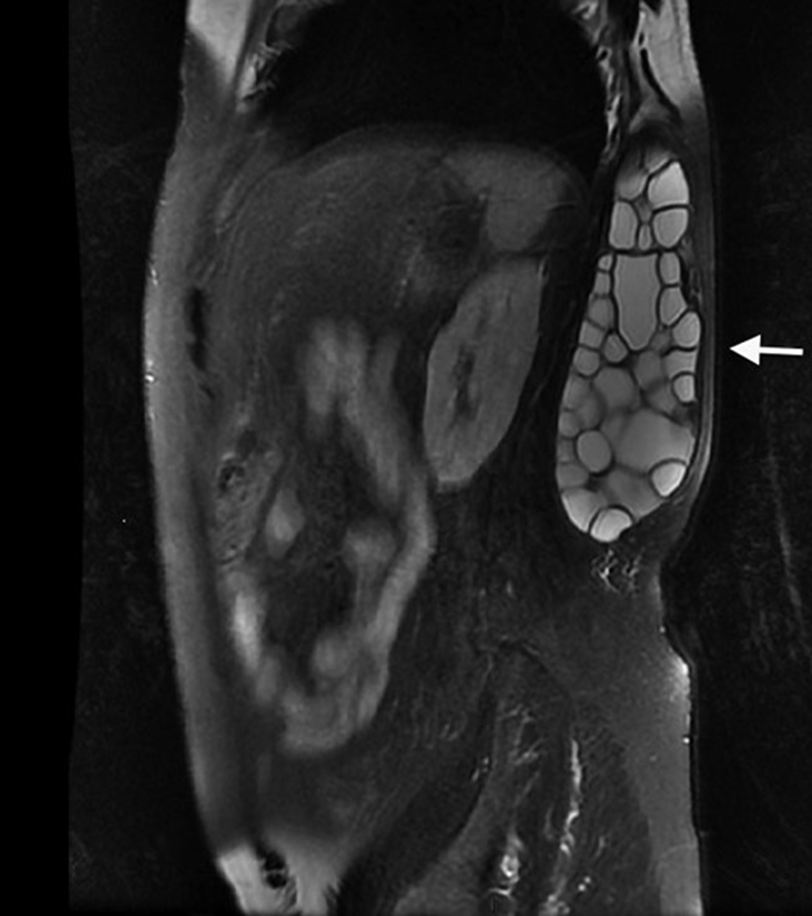
A 77-YO ♂️, 2 weeks before herpes zoster on the right T3 and T4 dermatomes, celecoxib to treat new-onset back pain: a coalescing, erythematous eruption that spared the skin surrounding crusted herpes zoster lesions
¼
DOI: 10.1056/NEJMicm2205584
#IDtwitter #dermatology
¼
DOI: 10.1056/NEJMicm2205584
#IDtwitter #dermatology

Skin-biopsy: consistent with a drug rash
Patch testing identified celecoxib as the trigger.
REVERSE ISOTOPIC RESPONSE in a drug rash sparing a healed herpes zoster infection.
2/4
#MedTwitter #dermtwitter #Doctor
Patch testing identified celecoxib as the trigger.
REVERSE ISOTOPIC RESPONSE in a drug rash sparing a healed herpes zoster infection.
2/4
#MedTwitter #dermtwitter #Doctor
A reverse isotopic response or an isotopic nonresponse occurs when:
✔️a new skin disorder by an unrelated disease
✔️spares the area of skin previously affected, healed dermatosis.
The mechanism of this phenomenon is unclear.
3/4
#MedStudentTwitter #resident
✔️a new skin disorder by an unrelated disease
✔️spares the area of skin previously affected, healed dermatosis.
The mechanism of this phenomenon is unclear.
3/4
#MedStudentTwitter #resident
10 days after oral glucocorticoids and stop taking celecoxib: the diffuse rash had completely resolved.
4/4
#medicine #MedicalStudents #MedEd
4/4
#medicine #MedicalStudents #MedEd
• • •
Missing some Tweet in this thread? You can try to
force a refresh

















